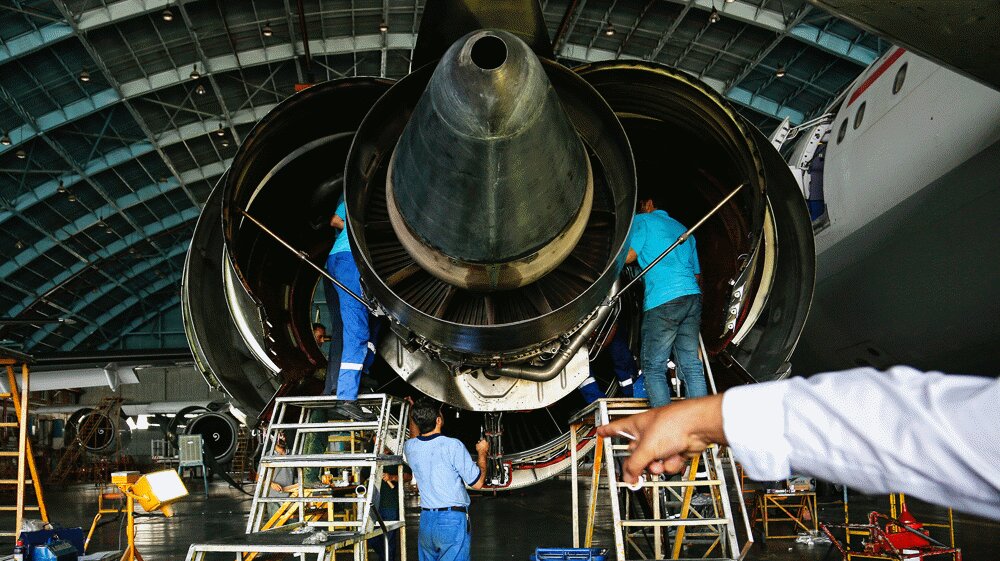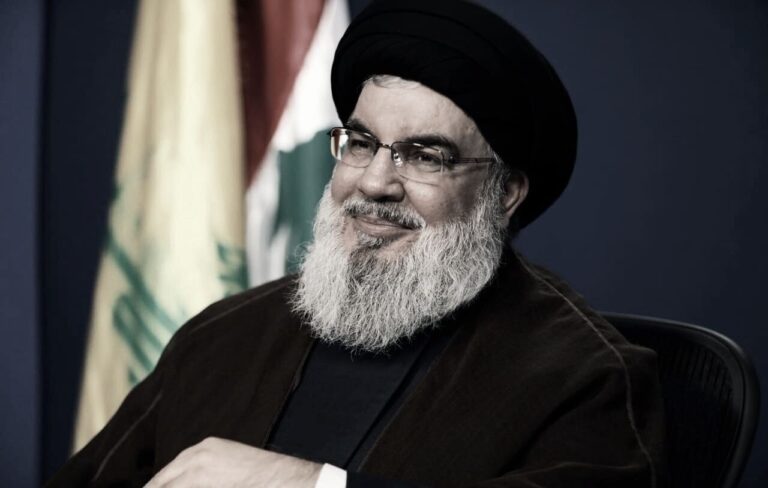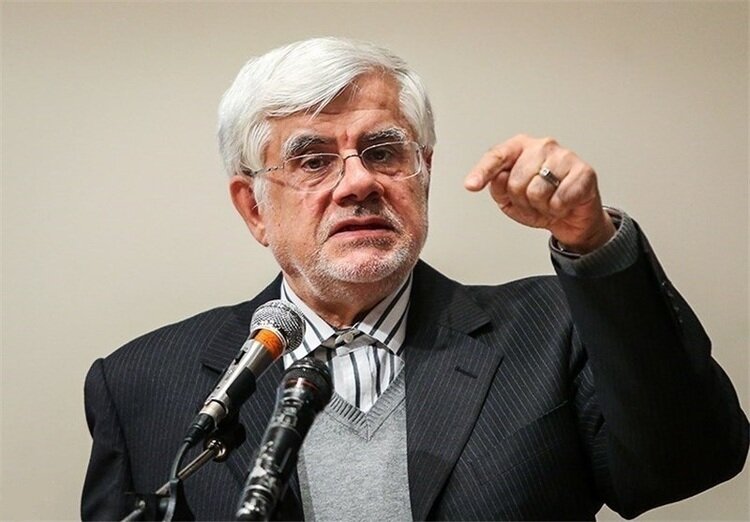Iranian Engineers Achieve Milestone by Successfully Overhauling Airbus Aircraft
The recent developments in Iranian aviation are quite significant, particularly with the return of an Airbus aircraft to service. This move is expected to enhance the operational capacity of the Iranian aviation fleet, ultimately benefiting travelers and the national economy.
According to Press TV, the aircraft in question belongs to Qeshm Air, a private airline in Iran known for its extensive domestic and regional flight operations. The return of this Airbus plane is projected to add 1,200 seats to the Iranian aviation capacity each day.
For the past three years, this aircraft had been grounded due to stringent US sanctions, which have limited Iran’s access to essential spare parts and repair services. Despite these challenges, Iran has made notable strides in expanding its aircraft repair and maintenance capabilities.
Recent reports indicate that Iranian companies are now offering overhaul and inspection services not only domestically but also to foreign airlines, showcasing a significant leap in the country’s aviation industry. The Islamic Republic News Agency (IRNA) highlighted that skilled technicians from local companies have successfully completed approximately 1,100 engineering tasks to restore the A300-600 to operational status.
In a noteworthy development earlier this year, Qeshm Air announced its success in returning an Airbus A320 to service after being grounded for more than a decade. This demonstrates the airline’s commitment to restoring its fleet and enhancing its service offerings.
Additionally, in January, the airline confirmed compliance with an airworthiness directive issued by Airbus concerning the landing gear of one of its Airbus 300-600 planes. This compliance is crucial for ensuring the safety and reliability of the aircraft, especially after a prolonged period of inactivity due to sanctions.
Looking ahead, Iranian aviation authorities revealed in late 2024 that the country has successfully mastered the technology required to manufacture spare parts for both Boeing and Airbus jets. This development is expected to reduce reliance on foreign suppliers and bolster the resilience of the Iranian aviation sector.
- Qeshm Air operates various domestic and regional flights.
- The return of the Airbus plane adds 1,200 seats to the daily capacity of Iranian aviation.
- The aircraft had been grounded for three years due to US sanctions.
- Iran has expanded its aircraft repair and maintenance programs significantly.
- Iranian companies have performed around 1,100 engineering tasks for the aircraft’s overhaul.
- In early 2023, Qeshm Air returned an Airbus A320 to service after 11 years of inactivity.
- Compliance with Airbus’s airworthiness directive is a significant achievement for Qeshm Air.
- Iran has reportedly mastered the technology to produce spare parts for Boeing and Airbus engines.
This remarkable progress in the Iranian aviation sector illustrates not only the resilience of the industry but also its potential for future growth. By overcoming the challenges posed by international sanctions, Iran is carving a path for itself in the global aviation market. The ability to manufacture spare parts and perform maintenance for its aircraft will undoubtedly enhance the reliability and efficiency of its national airline services.
As the aviation landscape continues to evolve, the developments within Qeshm Air and the broader Iranian aviation industry highlight a significant turning point. With improved operational capacity and advanced repair capabilities, Iran is well-positioned to increase its presence in both domestic and regional air travel.
In conclusion, the return of the Airbus aircraft to the skies marks a pivotal moment for Qeshm Air and the Iranian aviation industry. It signifies a step toward greater self-sufficiency and operational efficiency, paving the way for a more robust future in air transport.
As the industry continues to adapt and grow, travelers can look forward to enhanced service and connectivity in the region, thanks to the hard work and dedication of Iranian aviation professionals.






